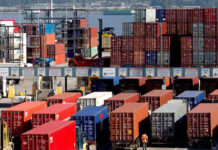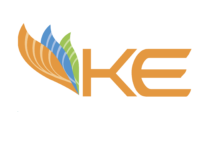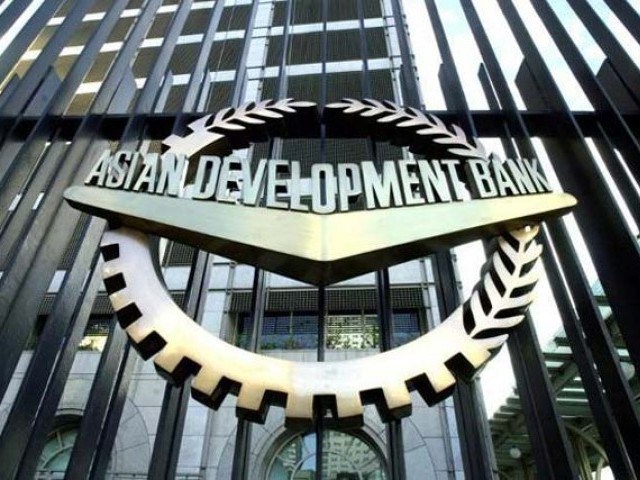The Asian Development Bank (ADB) is delivering with efficacy against its goal to enhance development finance to the Asia and Pacific region, realising most of its development and operational targets during the four-year span (2013-16.) ADB’s climate change mitigation and energy projects, including renewable energy, achieved 100% of their intended outputs in 2016, said the 2016 Development Effectiveness Review, adding that nearly half of all ADB projects supported climate change adaptation and mitigation efforts.
New ADB performance review, made public here on Friday at the 50th Annual Meeting of ADB’s Board of Governors, measured how well the bank is executing its corporate strategy, Strategy 2020, and the strategic priorities of the midterm review of the strategy across 91 results indicators.
“ADB is delivering on its commitment to helping the Asia and Pacific region reduce poverty and achieve more inclusive and sustainable growth,” stated Indu Bhushan, Director General of ADB’s Strategy and Policy Department.
“ADB will continue streamlining its operations so that it can deliver development solutions more quickly and effectively while continuing to scale up the finance for the region,” he added.
The 2016 Development Effectiveness Review (DER), ADB’s tenth annual corporate performance assessment, indicated that the ADB rather surpassed 62% of the targets for development results along with operational and organisational effectiveness. The report is the fourth and final report under the 2013-16 results framework.
Among the report’s main findings are that during the 2013-16 period, ADB financed the building and upgrading of 34,000 kilometres (km) of roads and 1,400 km of railways, the installation of 13 gigawatts of new power generation capacity, a third being renewable, and grid connection of 692,000 households. New or improved water supply reached 3 million households, while 5.7 million people, 40% of whom are women, benefited from the improved availability of financial services.
More than 2 million teachers were trained. Nearly three-quarters of projects achieved ADB’s targets for gender mainstreaming, a measure that assesses the extent to which projects integrate gender issues. ADB approved worth $17.5 billion of financing in 2016 from its own resources and attracted $13.9 billion in cofinancing, both new highs. It also disbursed $12.48 billion, another record. The institution also surpassed its target for public-private partnerships, supporting 58 transactions during the 2013-2016 period and outperforming the target of 50. The 2016 DER, while viewing the rise in 3-year projects’ success rates, highlighted the opportunity to increase results’ achievement through better project design, improved quality at project inception, and improved risk assessments for non-sovereign projects.
Efforts are being made to boost project readiness, minimise delays, improve efficiency, and raise overall success rates through a second-generation of procurement reforms, observed the review, continuing that steps are also being taken to raise women’s representation among international staff and optimise human resources for a stronger, better, and faster ADB.

























